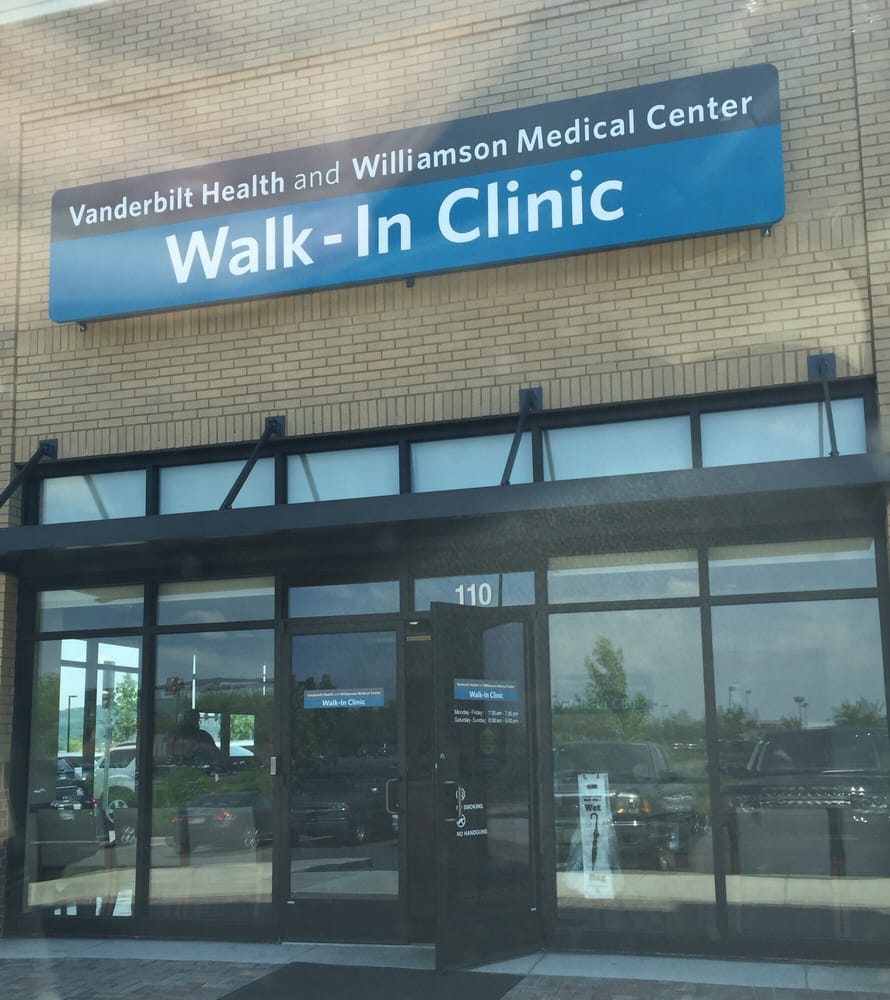4 percent in counties that already had community health centers compared to a joblessness development rate of 4 percent in other counties. Supplying extra stimulus financing to community health centers in 2009 meant that economic advantages and job development went hand in hand with expanded main care accesstargeted to the neighborhoods that need the most assist. As an outcome of Healing Act financing, neighborhood health centers created an additional $3. 2 billion in economic activity for the neighborhoods they served (What time does troy university health clinic open). 20 Much of this is a result of the brand-new jobs developed. In the three-month duration between January and March 2010, for instance, it is approximated that this investment created or maintained over 7,000 jobsover half of which were health experts.
The financing likewise developed an extra 1,500 jobs associated with building and construction. We do not yet understand the number of extra jobs were developed as an outcome of stimulus act costs on neighborhood health centers because more research study will be necessary to learn how this task development influenced the unemployment rate at both county and state levels. However the past performance history of buying community university hospital and more comprehensive economic data show the gains will be necessary. The historical passage of the new healthcare law previously this year now positions a variety of implementation-related challenges, consisting of how to deliver care to the additional 32 million Americans who will have health protection.
The Affordable Care Act dedicates $11 billion to these centers over the next 5 years to expand services. Neighborhood university hospital are long acknowledged for their ability to effectively utilize federal grants to enhance and expand client access to https://anationofmoms.com/2020/12/teen-drug-addiction.html medical, dental, and mental health services. The consistent increase in federal financing has allowed these centers to supply high quality, accessible care to the country's most susceptible populations. That's why any conversation of how to expand access to health services while attempting to slow the increasing costs of healthcare should include maximum usage of our nation's existing community health centers and the new ones required to meet future needs.
The Basic Principles Of Cleveland Clinic: Health Library
Many of the financing ($9. 5 billion) will be used to provide for growth and increased business expenses at the existing centers, with the rest predestined for brand-new building ($1. 5 billion). What does this increased investment really buy? With additional financing for operations, community university hospital will add personnel to accommodate more patients, and include extra services at the centers to enhance care shipment and reduce the possibilities of clients requiring to get care will go to more pricey areas. One research study discovers that increased financing from 1996-2006 resulted in increases in the provision of on-site mental health services, 24-hour crisis intervention, after-hours immediate healthcare, and substance utilize counseling.
To this we now turn. An essential but less commonly talked about by-product of the increased funding to neighborhood health centers is the massive economic activity in the wider neighborhood produced by this influx of dollars. Research studies demonstrate that increased financing to health centers produces extra financial stimulus both within the center and beyond. We have actually seen this from the stimulus act financing, which produced brand-new jobs in areas most in need of this investment. This is specifically crucial throughout times of economic insecurity. How does broadened economic activity occur? First, and the majority of undoubtedly, health centers directly utilize people in their neighborhoods, including key entry-level tasks, training, and other community-based opportunities.

These new university hospital and the businesses that have ramped up to serve the centers also should employ new staff members. Every dollar invested and every job created by health centers has a direct effect on their regional economies. Previous studies examined the financial activity created in communities from having a neighborhood university hospital. Case in point: Using modeling developed by the U.S. Department of Agriculture and the Minnesota IMPLAN Group, a financial modeling firm, researchers figured out how much economic activity a particular community university hospital will give a community, with details specific to each https://criticsrant.com/what-to-know-about-drug-rehabilitation-centers/ county and commercial sector. Using this modeling, we are able in this memo to estimate the economic effect and effect on job development that the funding provided in the Affordable Care Act will have on neighborhoods in 2015 nationally and on a state-by-state basis. This alternative is ideal for low acuity cases, but may not be geared up to handle more complex patient requirements. Urgent care centers aren't always run by conventional hospitals or health systems. In fact, $161% of immediate care centers in Massachusetts are owned by non-hospital urgent care chains, per a 2018 Massachusetts Health Policy Commission report. A few of the biggest US urgent care operators include: American Household Care, City MDConcentra, Fast Med, Go, Health, HCA Care, Now, Med, Post, Next, Care, Client First, U.S. Healthworks, Interest in the on-demand, budget-friendly care of immediate care clinicsparticularly amidst the coronavirus pandemichas been growing quickly.
The Best Guide To Who And Panamerican Health Office About Costs Of Building A 50 Bed Clinic In Latin America
reached 8,774 in November 2018 up eight percent from 8,125 in 2017. St. Louis Urgent Cares Laurel Stoimenoff, PT, CHC, CEO of UCA, states that immediate care clinics handle about 89 million patient sees each year, that includes more than 29% of all medical care gos to in the United States, and almost 15% of all outpatient doctor visits. And almost all of those gos to are more hassle-free and budget friendly than a journey to the ER; the UCA's 2018 Benchmarking Report found that more than 70% of patients waited less than 20 minutes to see a provider at an urgent care center, and almost 94% were seen in less than thirty minutes. How long is a health clinic required to keep medical records.